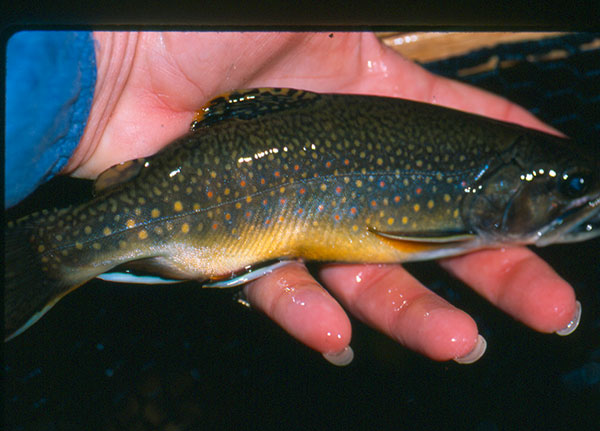
to fool as the rainbow or brown
trout; however, getting around in
the streams and casting to them
is usually not very easy.
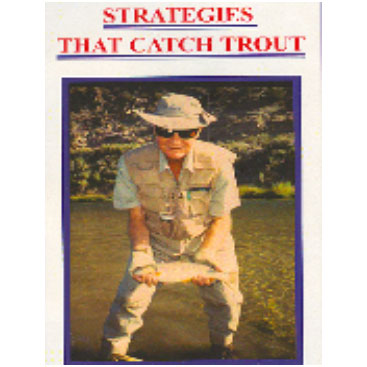
That Catch Trout” covers the
game plan anglers should use
to consistently catch trout.
Click here to purchase & for more information.
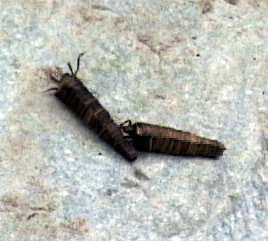
spinners, do not exist in large
quantities in the Smokies. Other
types such as the cased caddis
exist in fairly large quantities.
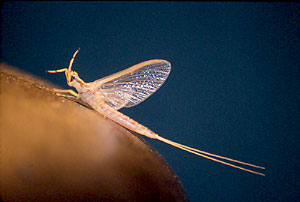
families are plentiful in the
Smokes.
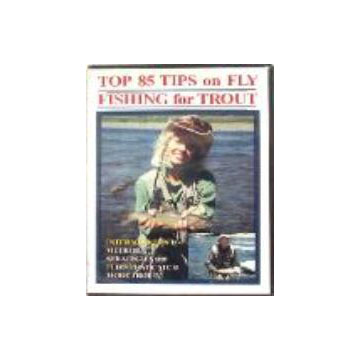
Click here to purchase & for more information
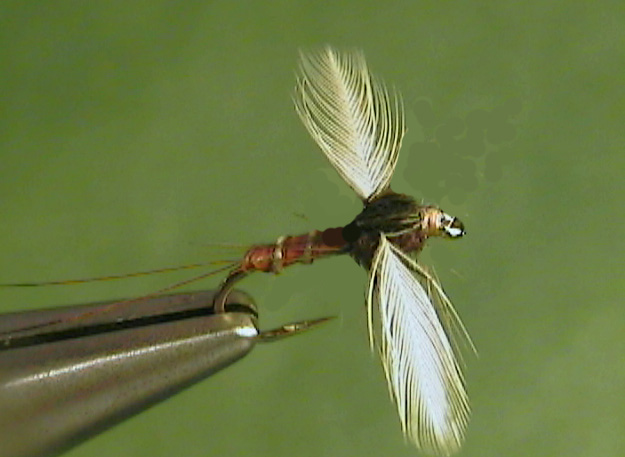
a part of the hatch rarely taken
advantage of by Smoky Mountain
anglers. (Purchase)
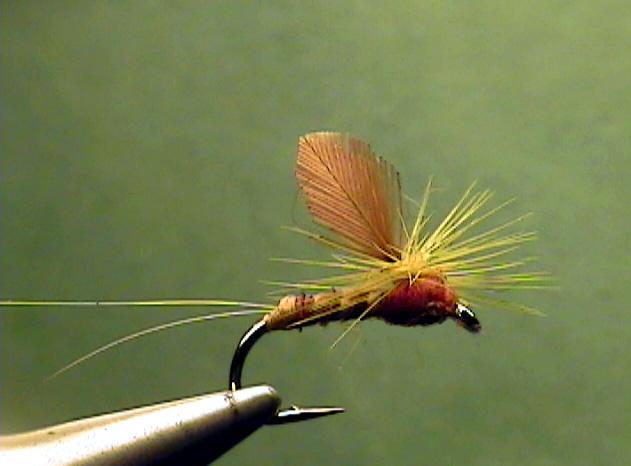
one of the most plentiful (Purchase)

You will find that Great Smoky Mountains National Park may require some fly-fishing methods that are a quite different than those you may use at other places. While the methods are vastly different from those used in fly-fishing large western streams and rivers, they are not that different from the headwaters of many other eastern or western freestone streams. The methods that are effective in the park are quite different from that used in fly-fishing spring creeks. They are also quite different from those used to fish most tailwaters.
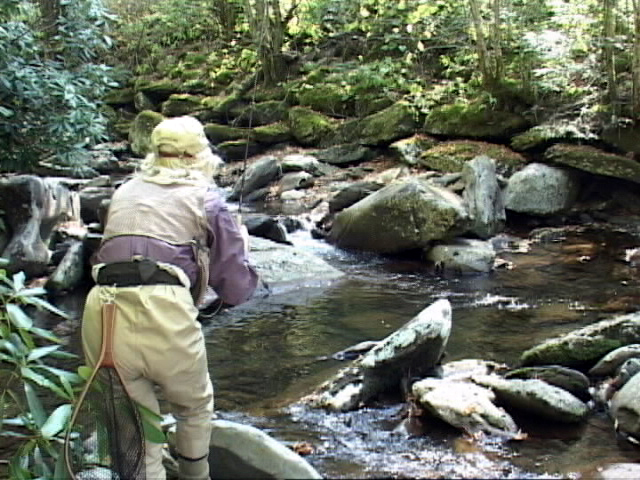
Smoky Mountains Fly Fishing School For Beginners
Beginners (Those Just Getting Started Fly-fishing)
Selecting the Right Fly Gear (Rods, Reels, Line, etc.)
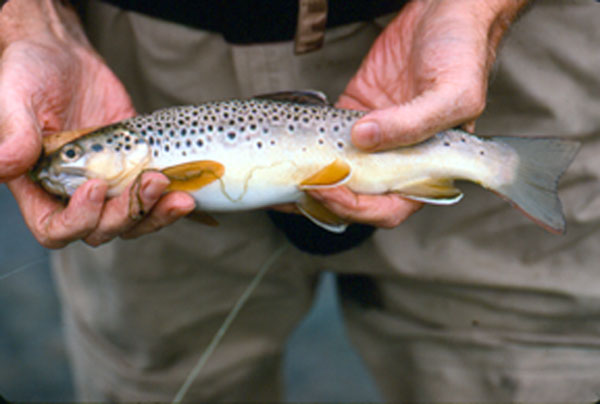
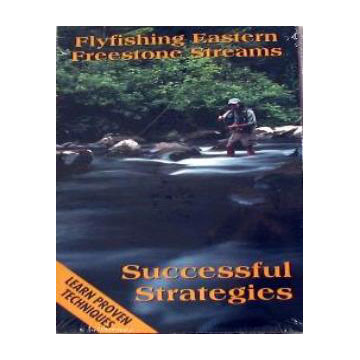
Click here to purchase & for more information.
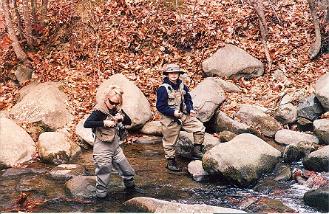
Angie selecting a fly for our grandson, Tanner Deupree.
We had to remind Tanner that he forgot to put his wading belt on. If you slip and fall in without a belt or with the belt loose, it would be difficult to get back up out of the water with water in your waders. Without a belt, they would fill up almost instantly. Always keep your wading belt on snug and tight around your waist.
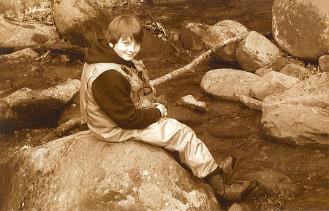
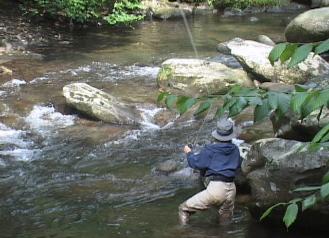
Copyright 2011 James Marsh
Below are just a few of the
World’s Best Flies – “Perfect
Flies” There are over 180 new
new caddisfly patterns, 24 new caddisfly patterns, 24 new stonefly patterns, a dozen new midge patterns, many new terrestrial and streamer patterns.
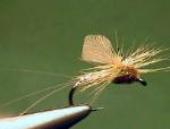
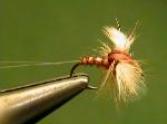
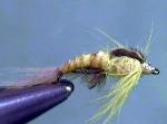
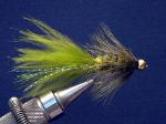
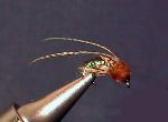

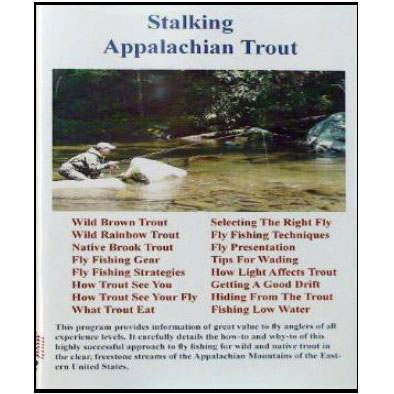
Stalking Appalachian Trout Host Christopher Tobias teaches you how to catch trout even under low, extremely clear water conditions. Learn everything you need to know in order to consistently catch trout on the fly. The detailed instructions include the most successful fishing methods, techniques and strategies.
All the trout caught in this presentation are either wild or native trout. None were stocked or came from a hatchery. Wild and native trout are very aggressive, lightning fast and much more fun to catch than stocked trout. Catching a native or a stream-bred wild trout just adds something special to the pleasures and skills required for fly-fishing small streams.